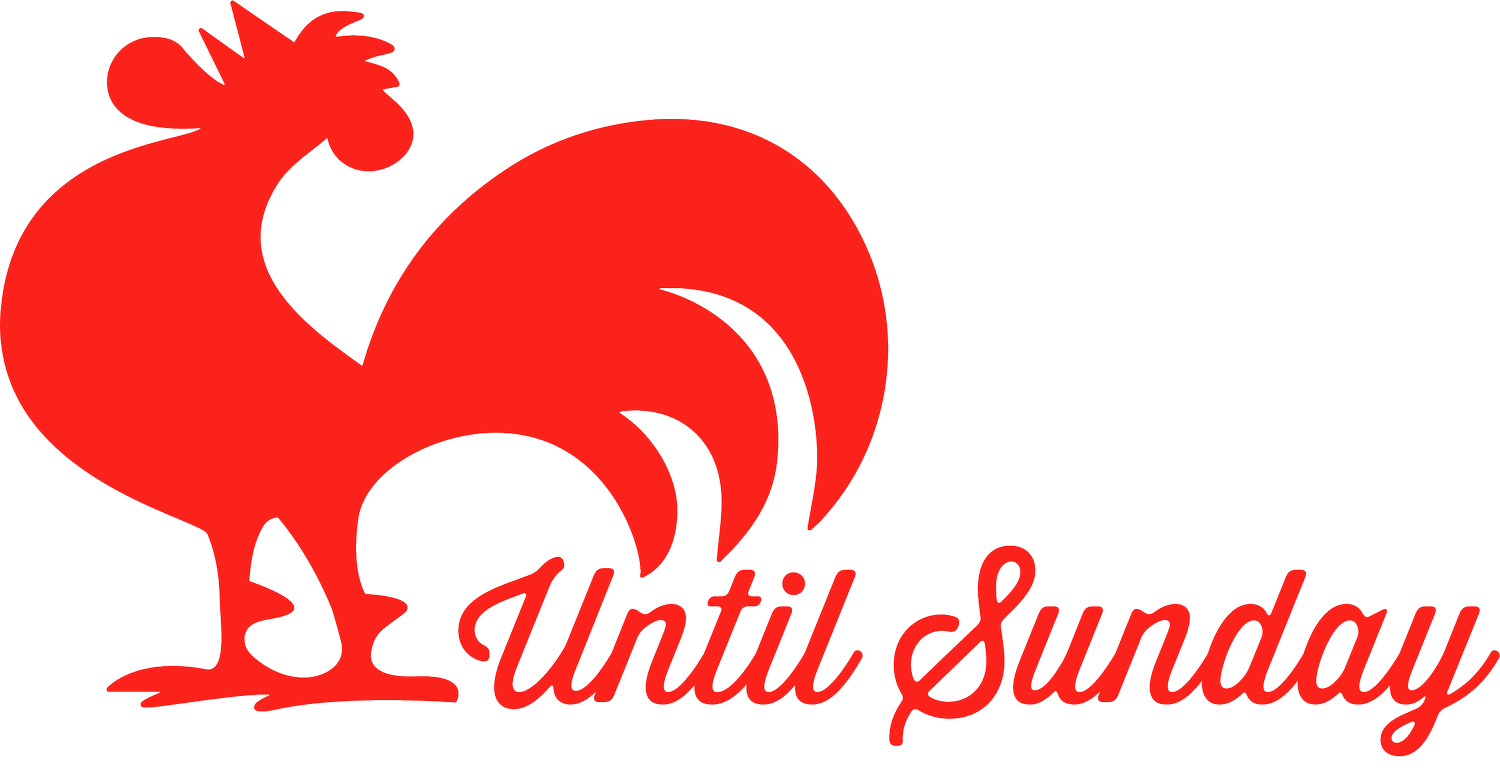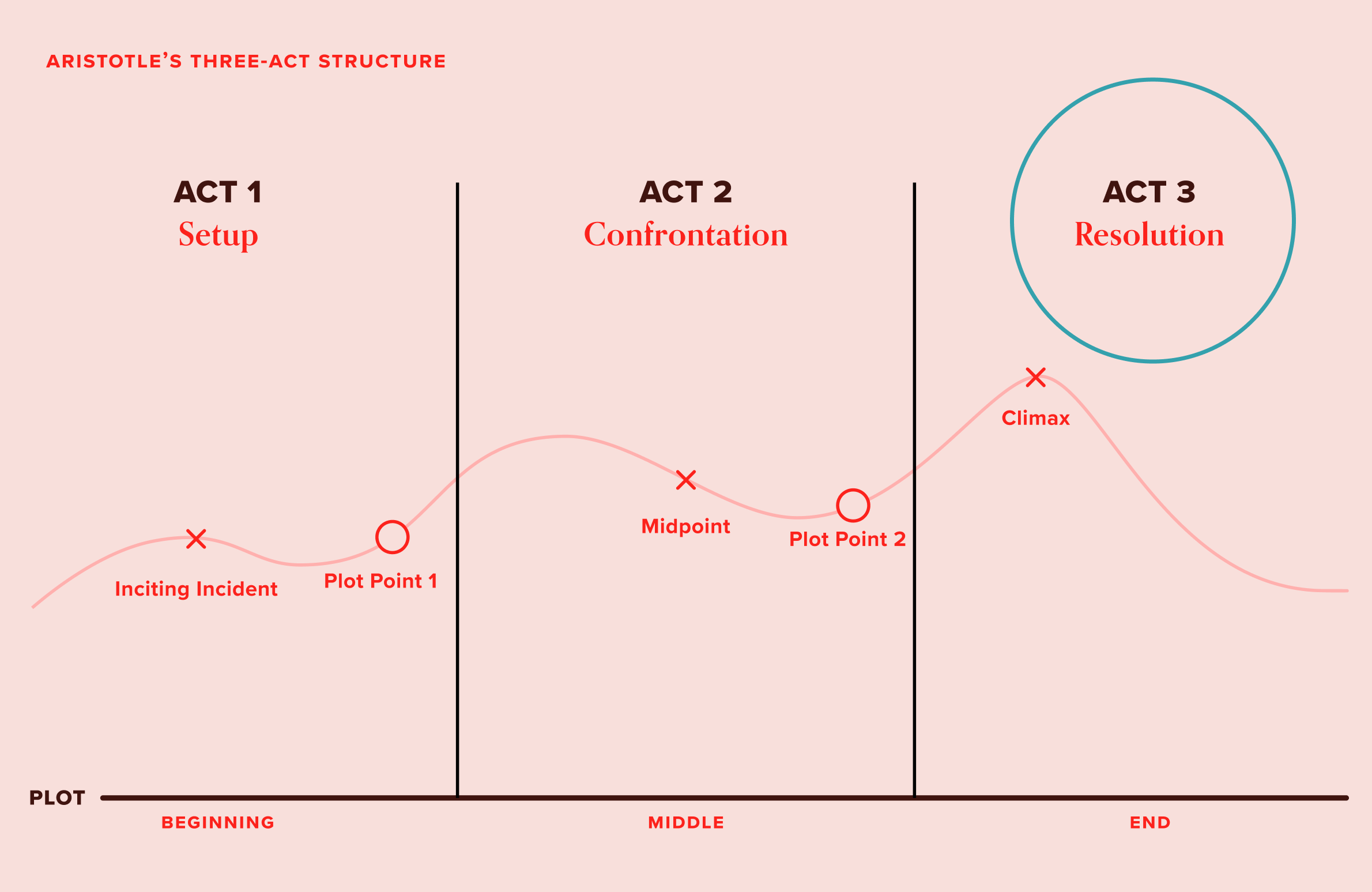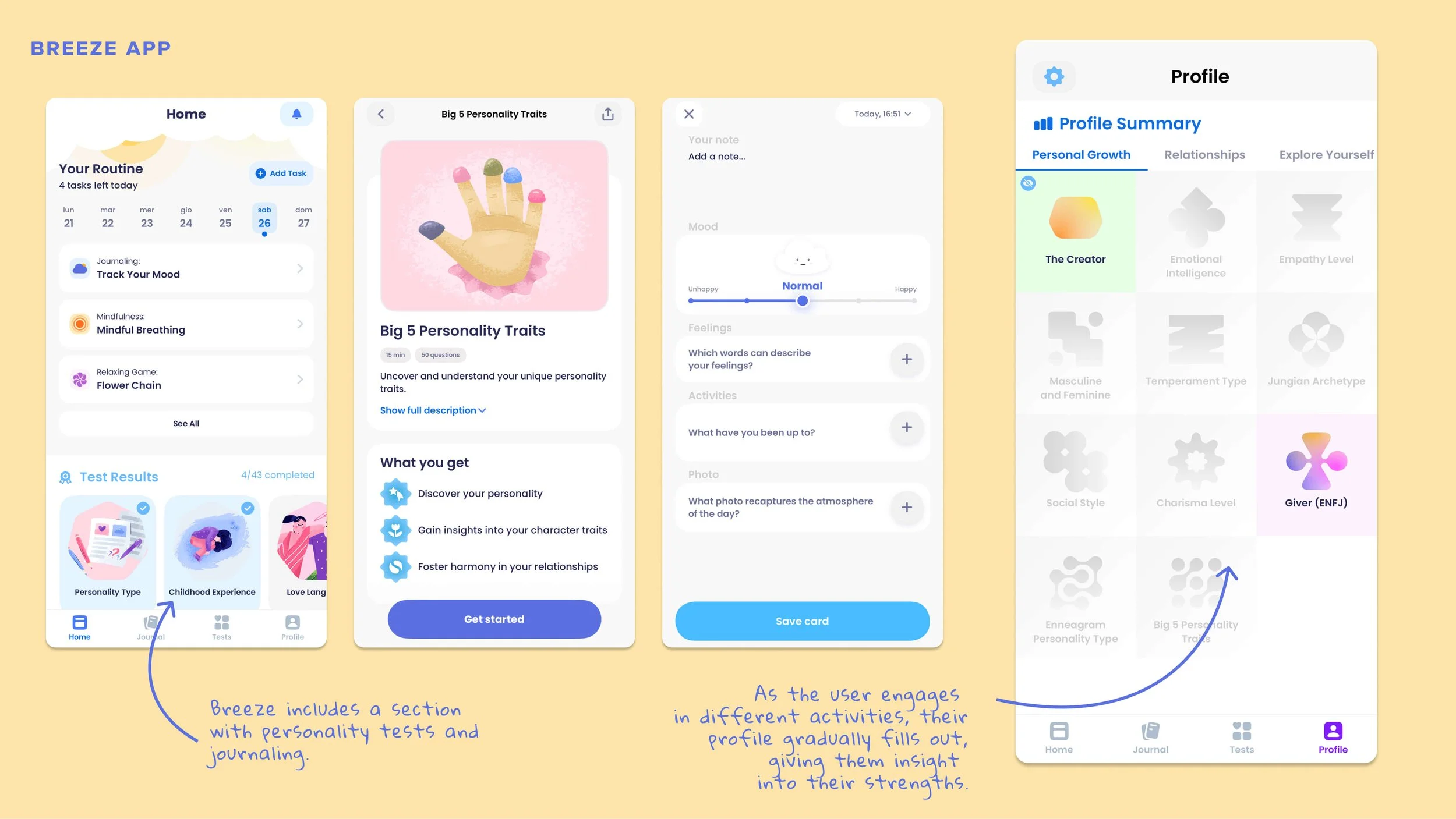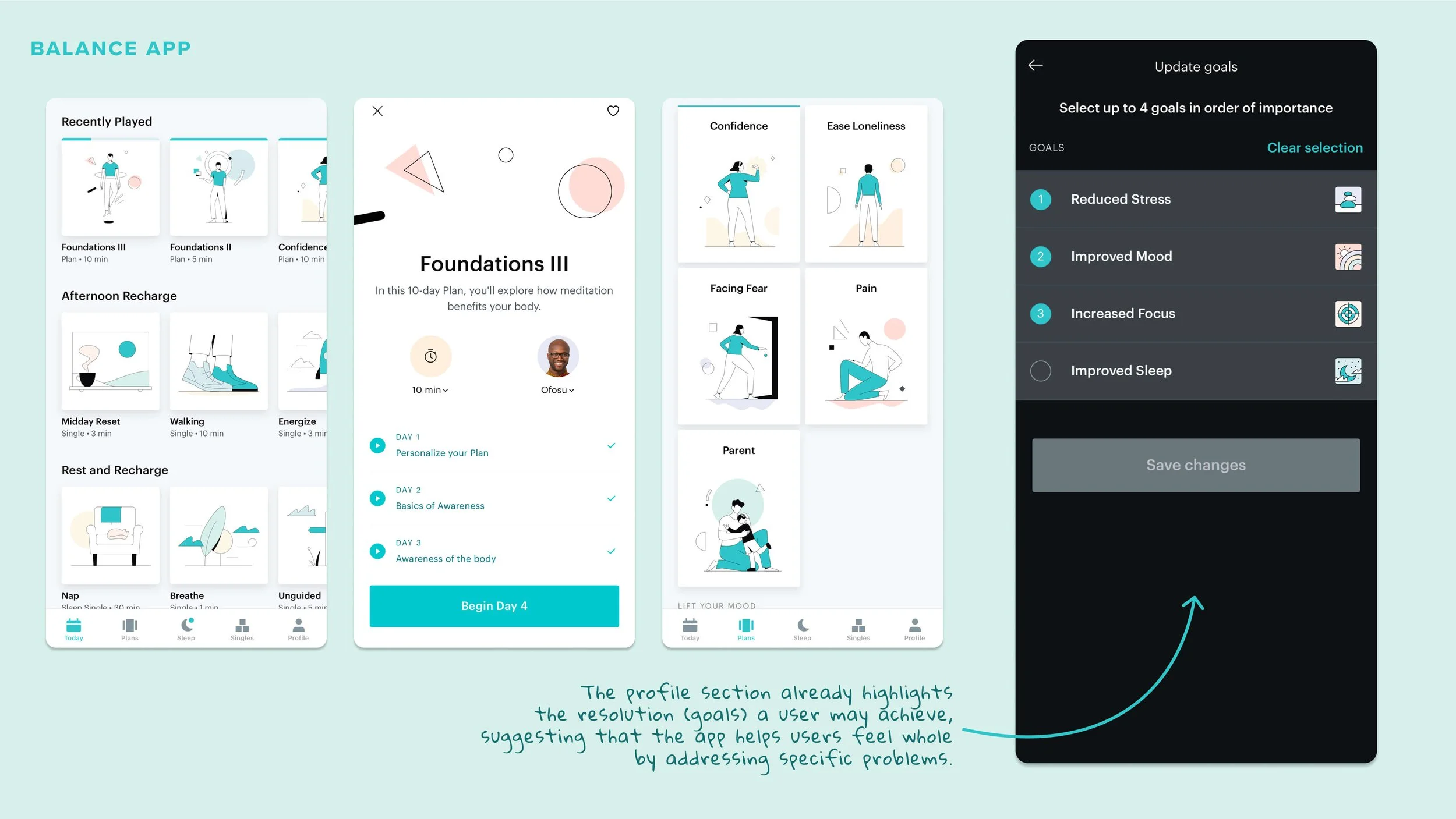#26. Purpose vs. Resolution: Designing for depth (and singing for my soul)
This newsletter belongs to “The Sunday Tales Summer Edition”.
These summer letters are a bit lighter, a bit slower, just like the season.
But they’re also an opportunity: a chance to treat these months as an open campus, to learn something new, reflect on my process, and find better ways to do the work I care about.
Purpose and resolution, as I mentioned in my client's brief newsletter, are two sides of the same experience. As such, they play very different roles in the storytelling process.
Purpose is the reason why the product or experience exists.
It answers the question: “Why are we creating this?" (from the client's perspective)
Resolution is the user’s emotional transformation.
It answers the question: “What does this do for me?" (from the audience's perspective)
Here’s a statement that neatly summarises the above.
The purpose defines the intention. The resolution defines the impact.
Aristotle’s 3-act structure. The narrative arc of the character: without it, you won’t have a story that will stick.
Why Both Matter
All too often, designers meet the purpose of solving the client's business goal, but forget to design toward the narrative arc of the user (aka, the resolution).
A product can have a strong purpose (e.g., “sell more subscriptions"). Yet if it also fails to create a meaningful resolution (e.g., “make the user feel empowered and confident") the experience won't resonate.
However, when purpose and resolution align, we get an experience that is:
Strategically sound
Emotionally impactful
Deeply human
A comparative example: 2 apps, same purpose, different resolutions.
As I sang, many memories resurfaced. Some were pleasant, others more painful. They helped me realise that I needed to find ways to ground myself in life: to recognise my achievements, and feel grateful for everything I experience, whether good or bad.
So, I began researching wellness apps that might facilitate this transformation.
I chose to download two apps. One is Breeze, the other is Balance. Both present themselves as apps for self-growth and good mental health.
Their purpose is to motivate users to undergo a personal transformation, at least on paper. Yet as we will see, there are many different ways to achieve this kind of resolution.
Breeze's resolution: to help you discover your true self.
Resolutions can be different, like solving a problem or elevating a social status. But some experiences, like the one provided by Breeze, are designed to help users uncover something essential about themselves.
Through beautiful illustrations, quizzes, dedicated sections and games, Breeze facilitates a transformative experience; one that reveals, affirms, or awakens a part of the user's identity that may have been hidden, unexpressed, or waiting to emerge.
The purpose here is self-discovery.
Breeze's experience becomes a mirror, a safe space, or even a stage on which the user can explore who they are, what they believe in, and how they want to show up in the world.
I often relate this purpose to stories like The Little Prince, in which the protagonist doesn't gain power or complete a task, but instead comes to understand who they are meant to be.
These experiences are often quieter and internally explorative.
Some screenshots from the Breeze app. It is designed for exploring the many features and help users find their true-self through them.
Designing for self-discovery means creating an experience with features and interactions that prompt the user to think: “This is me. I see myself here.”
In this way, the experience offered by your product should encourage openness, reflection, and choice. It should invite the user to explore not just the product, but themselves.
Balance's resolution: to ensure completeness
Balance's overall purpose may be the same as Breeze's, but the resolution changes completely. This is visible not just from its aesthetic, but also in the product’s features and profile settings.
Balance is not designed for self-discovery. It’s intended to fill a personal gap.
Balance, as the name of the app suggests, aims to help the user feel whole by solving specific problems: reducing stress and finding harmony in their life.
There are some promised benefits to help achieve these resolutions:
Solving a knowledge gap: if you are new to meditation, Balance offers specific tracks and a collection of guided meditation libraries.
Minimising stress by reducing the number of things you can do in the app (especially compared to Breeze) and focusing on meditation.
Saving time or mental energy through personalisation, as the app learns from your habits and your emotional state.
Some screenshots from the Balance app. The focus is not on the features themselves, but on the benefits these features bring to the user.
When I speak about the “ensure completeness” resolution in my workshops, I often reference Alice in Wonderland.
When she first enters Wonderland, Alice grows and shrinks depending on what she eats. This creates a recurring frustration and sense of helplessness.
But eventually, Alice learns how to take control. She uses the very thing that once disoriented her (the mushroom, the cake) to solve problems, and even to save herself when the Queen threatens to cut off her head.
In the same way, when we design experiences like Balance, which aim to help users feel complete, we’re not focusing on the product’s features, we’re focusing on its benefits.
What does it resolve for the user?
What conflict does it help them manage?
How does it bring clarity or peace of mind?
Designing for completeness means creating an experience that helps the user feel rebalanced, reassured, and in control.
This kind of experience often solves an internal conflict; something the user may not be aware of or able to articulate until the experience is over – much like my singing!
Right from the start of their experience with a product, the user should feel that they are understood, and that this is exactly what they needed to feel whole again.
Final thought
As we’ve seen, there is great power in designing experiences with a specific resolution in mind. It’s not just about what you build, but how people feel before, during, and after they use it.
Now, you may be wondering which app I chose to work towards my own resolution!
I am currently testing both, because they each provide something I need. There is a third app I'd also like to try, which is Headspace…
I’ll keep you posted! :)
As we head further into summer, I hope that the importance of defining experience resolutions is now a little clearer. Your ongoing mission is to design with the narrative arc of the user firmly in mind!
Want to read the first chapters of my book – for free?
I’m currently writing a book about storytelling for designers. It’s been years in the making, and I’m finally ready to share it, one chapter at a time.
Join my newsletter The Sunday Tales to become one of the first readers. You’ll get exclusive access to the early drafts, plus the chance to help shape the book through your thoughts and feedback.




